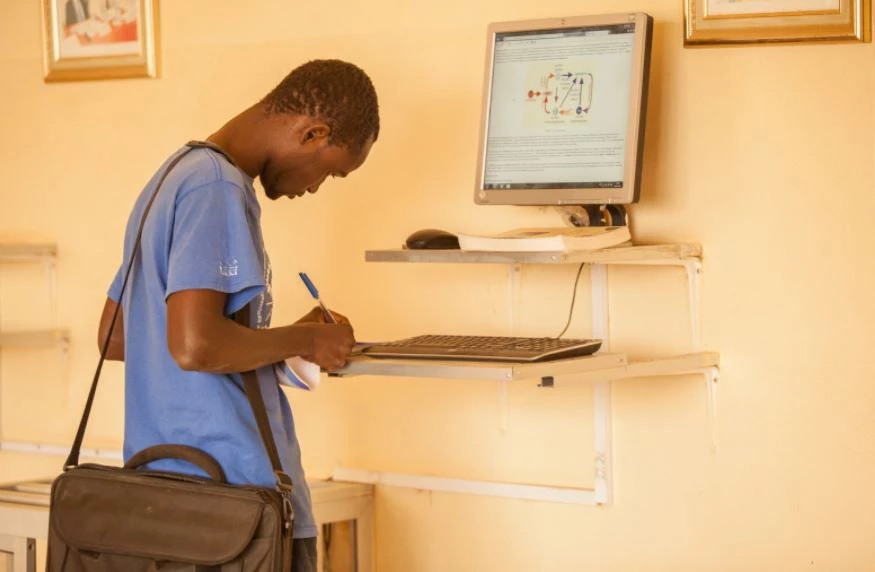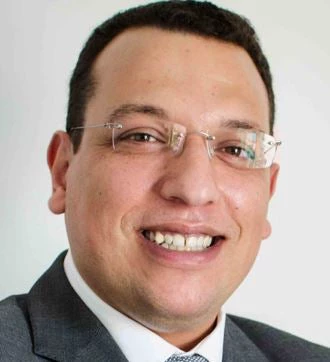
How and when can we use technology to design and implement youth employment programs? We should ask ourselves whether investing in digital solutions is worth the time and money before deciding to include a digital component in our projects, because as much as technology can be transformative and help provide solutions, it is both expensive and time-consuming. Furthermore, we need to make sure we fully understand the problem that we are trying to solve.
Access to information (and particularly youth beneficiary data) is a key field where technology can make our lives easier, and online job platforms such as Tounes Ta3mal have been taking advantage of this to improve job matching capacity. Co-founded by Silatech and Microsoft, Ta3mal provides a variety of resources and services ranging from career guidance tools to job vacancies, psychometric and linguistic assessments, and over 700 e-learning courses. Yet, what makes Ta3mal unique is its hybrid approach that augments digital services with physical features such as career fairs and other activities implemented in partnership with universities’ career development centers. In fact, despite at first it was 100% virtual, Ta3mal was only able to grow exponentially when it added these physical features. To date, the platform has over 37,000 registered users and 750 registered employers who have published almost 5,000 job postings in Tunisia only.
Save the Children’s flagship youth employment program “Skills to Succeed” is also testing and refining digital solutions to help empower youth to become professionally successful. Since the process of design is as important as the product you develop, Save the Children, together with partners such as Accenture, created an intentional, human-centered design-based digital development process which follows five steps:
- Understanding the current situation and aligning principles and objectives of the team, users, and donors to an overall strategy
- Defining the challenges and opportunities and understanding users’ contexts and external influences
- Designing creative solutions with users in order to address their needs
- Developing, testing with users, and refining quick prototypes
- Piloting the product and measuring results
Learnings from Ta3mal and Save the Children highlight the need to start with a minimum valuable product and then adding features based on a constant feedback loop. Furthermore, since not everyone feels comfortable with technology, teams implementing digital solutions must include staff with knowledge of Information and Communication Technologies for Development (ICT4D). Tolerance for failure is also vital in this field, not only from the project team but also from donors. By continuously questioning our assumptions and motivations we can keep learning and improving the project processes.
This blog summarizes key points from Solutions for Youth Employment’s (S4YE) webinar on "Technology in Youth Employment Programs", which took place on December 7, 2017 with speakers from Save the Children and Silatech. S4YE organizes these bi-monthly virtual workshops to discuss innovations in youth employment programs with members of its Impact Portfolio , a dynamic learning community for improving the jobs outcomes of youth globally. Both Tounes Ta3mal and Save the Children are part of the S4YE Impact Portfolio. Sign up for the S4YE mailing list via info@s4ye.org .
Follow the World Bank Jobs Group on Twitter @wbg_jobs.




Join the Conversation